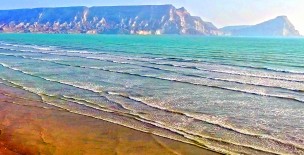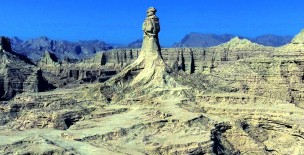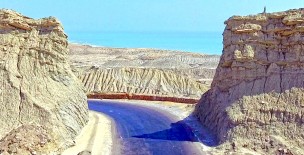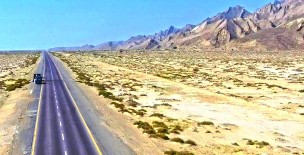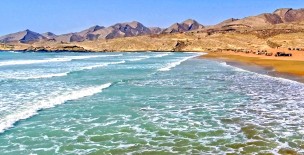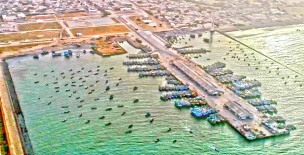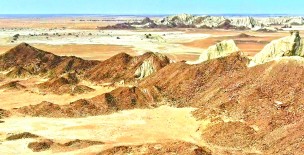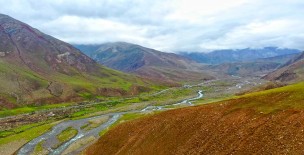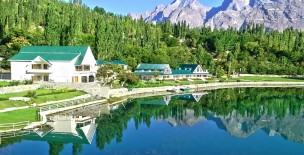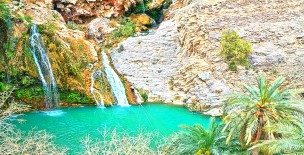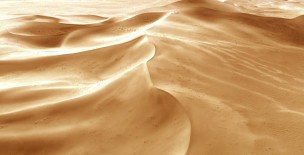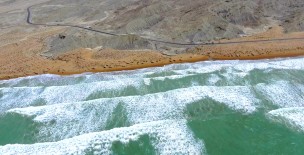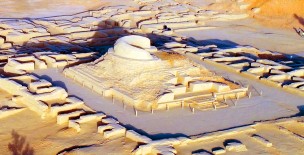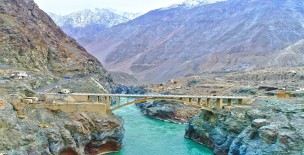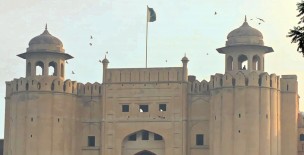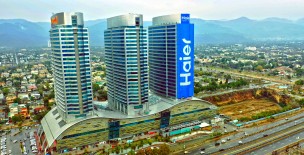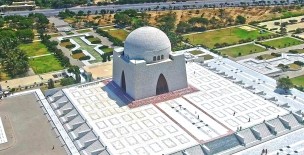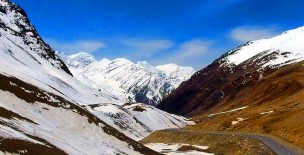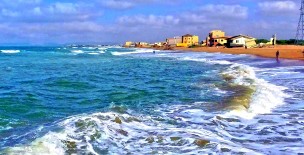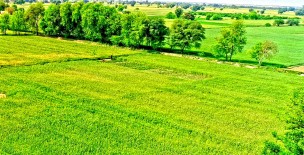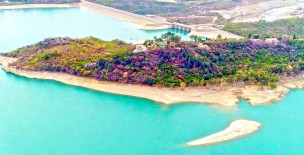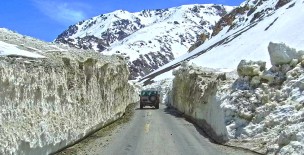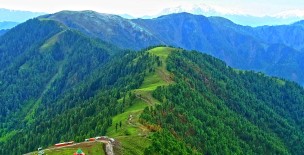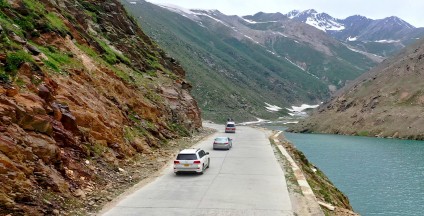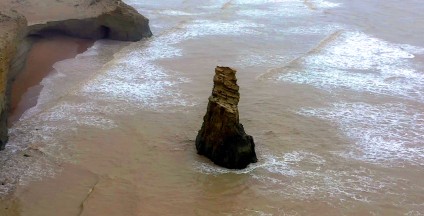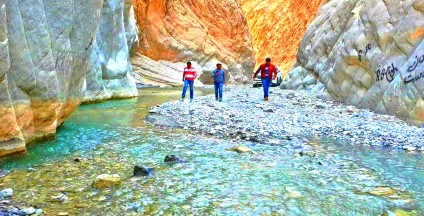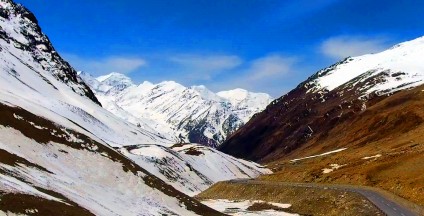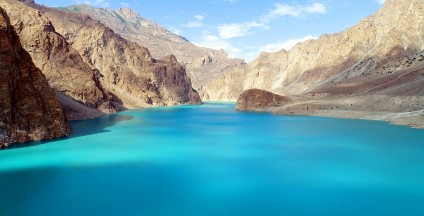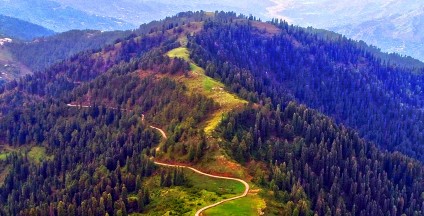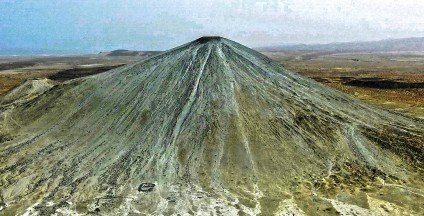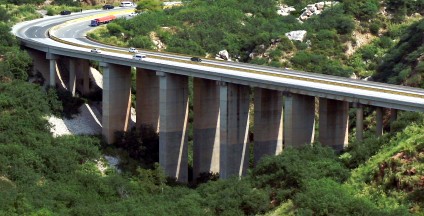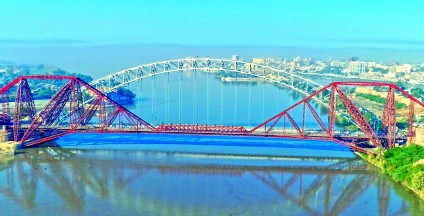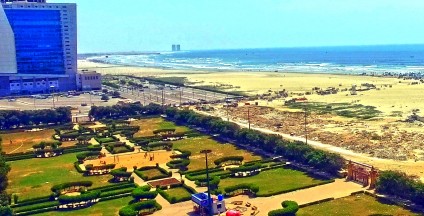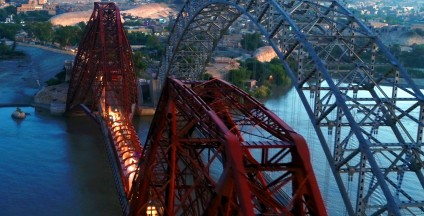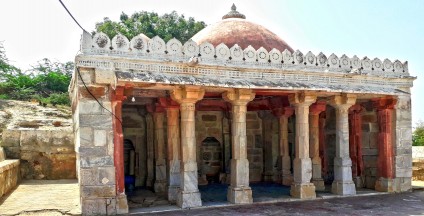Mehrgarh, sometimes anglicized as Mehergarh or Mehrgar, is a Neolithic (7000 BCE to c. 2500/2000 BCE) site located near the Bolan Pass on the Kacchi Plain of Balochistan, Pakistan, to the west of the Indus River valley (GPS coordinates are 29°23′N 67°37′E).
The earliest settlement at Mehrgarh, in the northeast corner of the 495-acre (2.00 km2) site, was a small farming village which was inhabited from circa 6500 BCE. It is one of the earliest sites with evidence of farming and herding in South Asia.
Mehrgarh was influenced by the Near Eastern Neolithic, with similarities between "domesticated wheat varieties, early phases of farming, pottery, other archaeological artefacts, some domesticated plants and herd animals."
According to Parpola, the culture migrated into the Indus Valley and became the Indus Valley Civilisation.
The site was discovered in 1974 by an archaeological team led by French archaeologists Jean-François Jarrige and Catherine Jarrige, and was excavated continuously between 1974 and 1986, and again from 1997 to 2000.
The people initially built small circular or rectangular houses with mud and reed. Living close to the Indus River meant that when the river flooded, the water would wash away the houses. Thus, the people ingeniously devised a way to fashion their houses out of mud brick.
Much of the success of their agrarian lifestyle comes down to the fact that they stored their grains in granaries for later consumption. In fact, they progressed so quickly that by 4000 BCE, the people of Mehrgarh were living in two-storey homes.
The people of Mehrgarh also used pottery wheels to create elaborate vases and vessels. Archaeological material has been found in six mounds, and about 32,000 artefacts have been collected.
Mehrgarh is now seen as a precursor to the Indus Valley Civilization, displaying the whole sequence from earliest settlement and the start of agriculture, to the mature Harappan Civilisation.
The small settlement of people at Mehrgarh were the first to witness the transition from the Neolithic to the Chalcolithic phase by the fifth millennium BC. Unfortunately, much of the ruins were swept away by the gushing water during the recent floods.
Balochistan - Mehrgarh – Bollan Valley
Related Videos
Leave a Comment:
For comment please login first: Login here
